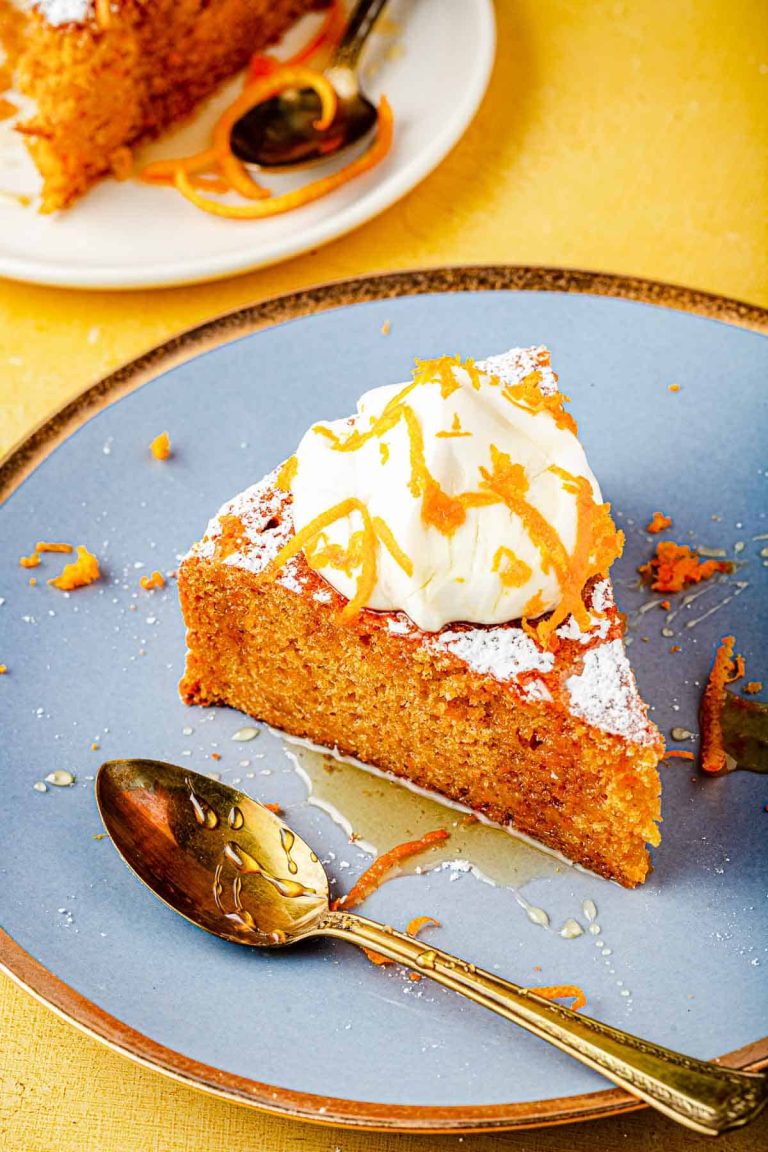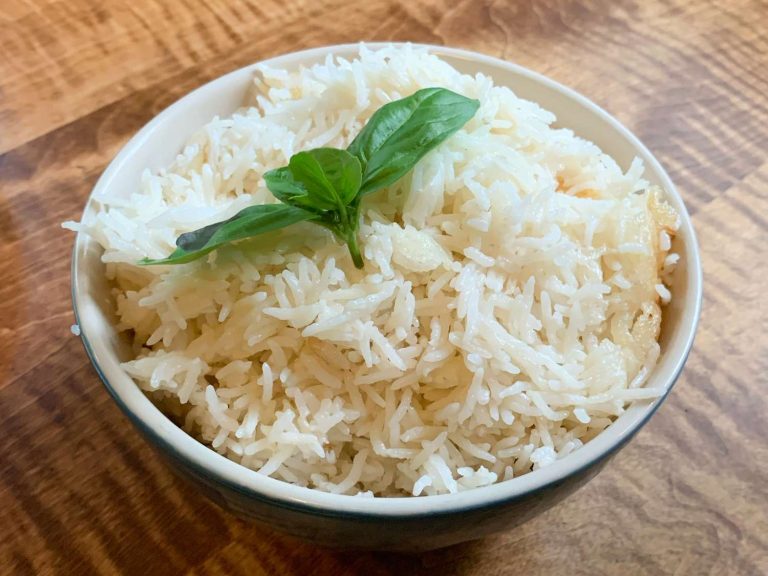Dijonnaise Chicken Recipe: Easy Steps and Perfect Pairings
Dijon mustard originates from the city of Dijon in the Burgundy region of France. It gained popularity in the 19th century when Jean Naigeon replaced the vinegar in traditional mustard with verjuice, the acidic juice of unripe grapes, creating a smoother and milder condiment. Over the years, Dijon mustard has become a staple in European cuisine and is known for its complex, tangy flavor. Major mustard producers like Grey Poupon and Maille have helped solidify its status.
What Makes Dijonnaise Sauce Unique
Dijonnaise sauce combines the robust flavor of Dijon mustard with the creamy texture of mayonnaise, resulting in a versatile condiment. The sauce offers a balanced blend of tanginess and creaminess, enhancing the flavor profile of various dishes. Unlike plain mustard or mayonnaise, Dijonnaise provides a more sophisticated taste. It’s perfect for enhancing sandwiches, salads, and especially dishes like Dijonnaise Chicken, which benefits from the sauce’s complexity and moisture retention.
Essential Ingredients for Dijonnaise Chicken
Choosing the Right Chicken
Select boneless, skinless chicken breasts for Dijonnaise Chicken. These cuts cook evenly and absorb the creamy Dijonnaise sauce well. Ensure the chicken breasts are fresh, with no discoloration or strange odors. Opt for organic or free-range chicken if possible, as they tend to have better flavor and fewer additives. Pound the chicken breasts to an even thickness to ensure even cooking.
Necessary Herbs and Spices
Incorporate fresh herbs and spices to enhance the flavor of Dijonnaise Chicken. Use fresh thyme, rosemary, and parsley for aromatic notes. Add salt and black pepper for seasoning. Consider using garlic powder and onion powder to add depth to the dish. Paprika can provide a hint of warmth and color. Mix these herbs and spices in the sauce or sprinkle them directly on the chicken before cooking for maximum flavor absorption.
Step-by-Step Cooking Guide
Preparing the Chicken
To prepare the chicken, start by selecting boneless, skinless chicken breasts. Rinse the chicken under cold water and pat it dry with paper towels. Trim any excess fat using a sharp knife. Pound the chicken breasts to an even thickness using a meat mallet. This ensures even cooking and a tender texture.
In a shallow dish, mix together 1 teaspoon of salt, 1 teaspoon of black pepper, 1 teaspoon of garlic powder, 1 teaspoon of onion powder, and 1 teaspoon of paprika. Coat the chicken breasts evenly with this spice mixture. Let the chicken sit for 10 minutes to allow flavors to penetrate.
Combining Ingredients for Dijonnaise Sauce
Prepare the Dijonnaise sauce by combining 1/2 cup of Dijon mustard with 1/2 cup of mayonnaise in a mixing bowl. Whisk the mixture until smooth. Add 1 tablespoon of finely chopped fresh thyme and 1 tablespoon of finely chopped fresh rosemary. Incorporate 2 tablespoons of fresh parsley, finely chopped, to add a bright, herbal note.
For an extra layer of flavor, stir in 1 teaspoon of lemon juice and 1 teaspoon of honey. Mix thoroughly to ensure all ingredients are well-combined.
Cooking and Final Touches
Preheat a large skillet over medium-high heat and add 2 tablespoons of olive oil. Place the chicken breasts in the skillet, cooking for 5-6 minutes on each side until golden brown and fully cooked through. Use a meat thermometer to ensure the internal temperature reaches 165°F (74°C).
Once the chicken is cooked, remove it from the skillet and let it rest for 5 minutes. This allows the juices to redistribute, ensuring moist and flavorful chicken.
Pour the prepared Dijonnaise sauce over the rested chicken breasts and garnish with additional chopped fresh parsley for a colorful finish. Serve immediately with your choice of sides, such as roasted vegetables or a fresh green salad.
This guide ensures you achieve tender, flavorful Dijonnaise Chicken with a well-balanced creamy tangy sauce.
Alternative Variations
Adding Vegetables or Nuts
Enhance your Dijonnaise Chicken by incorporating vegetables or nuts. Adding vegetables like bell peppers, mushrooms, and zucchini adds color and nutrients. Start by sautéing the vegetables in the skillet before cooking the chicken, ensuring they’re tender. Nuts such as almonds or walnuts add a crunchy texture. You can toast them in a separate pan and sprinkle them over the dish just before serving. These additions enhance flavor and add nutritional benefits to your meal.
Vegan and Vegetarian Alternatives
Create vegan or vegetarian versions of Dijonnaise Chicken by replacing animal products. Substitute chicken with tofu, seitan, or large portobello mushrooms for the protein component. Use vegan mayonnaise and Dijon mustard to craft the Dijonnaise sauce. Marinate tofu or seitan in the Dijonnaise sauce before cooking to infuse it with flavor. For portobello mushrooms, brush them with the sauce and grill or roast until tender. These alternatives maintain the creamy, tangy essence of Dijonnaise dishes.
Pairing and Serving Suggestions
Best Sides for Dijonnaise Chicken
Explore complementary sides for Dijonnaise Chicken to create a balanced meal. Roasted or steamed vegetables, such as asparagus and broccoli, pair well with the tangy sauce. Classic mashed potatoes or a creamy potato gratin offer a comforting choice that contrasts nicely. Fresh salads, like a mixed green salad with vinaigrette, add a crisp texture. For a heartier option, consider wild rice or quinoa, which soak up the sauce and add a nutty flavor. Baguette slices or garlic bread are excellent for mopping up any extra Dijonnaise sauce, enhancing the dining experience.
Wine Pairing Ideas
Pair the rich and tangy flavors of Dijonnaise Chicken with the right wine for a complete meal. Chardonnay, with its balanced acidity and creamy notes, complements the sauce beautifully. Sauvignon Blanc offers a crisp, refreshing contrast, enhancing the dish’s tanginess. For red wine lovers, Pinot Noir’s light body and subtle earthiness make a suitable match. If you prefer sparkling wine, opt for a Brut Champagne or Cava, which cut through the richness and cleanse the palate. Each choice elevates the flavors, creating a delightful culinary experience.
Conclusion
Dijonnaise Chicken offers a delightful blend of tangy and creamy flavors that elevate any meal. With its simple yet sophisticated ingredients, this dish is perfect for both weeknight dinners and special occasions. Pair it with your favorite sides and a well-chosen wine to create a memorable dining experience. Whether you’re a seasoned cook or a beginner, this recipe is sure to impress and become a staple in your culinary repertoire. Enjoy the rich flavors and the compliments that are sure to follow.






